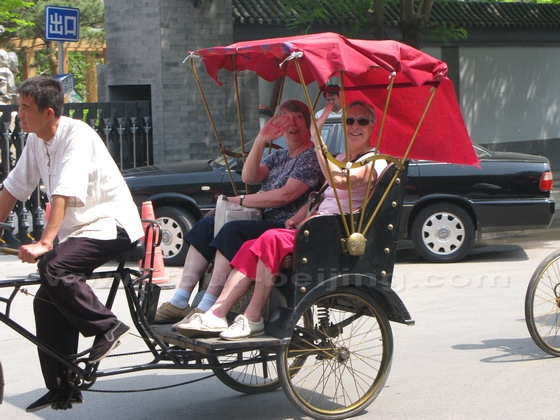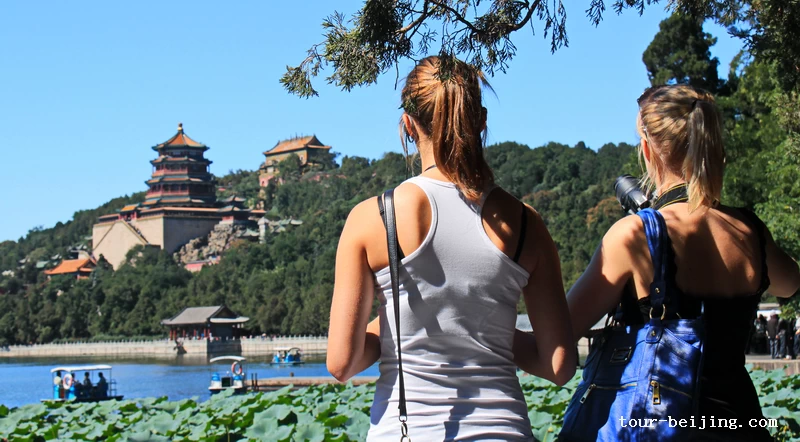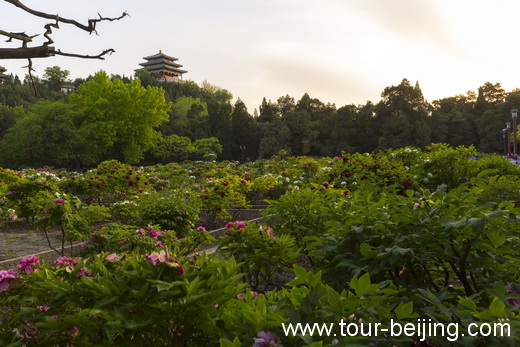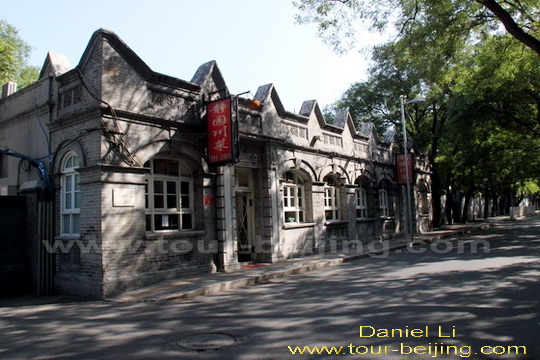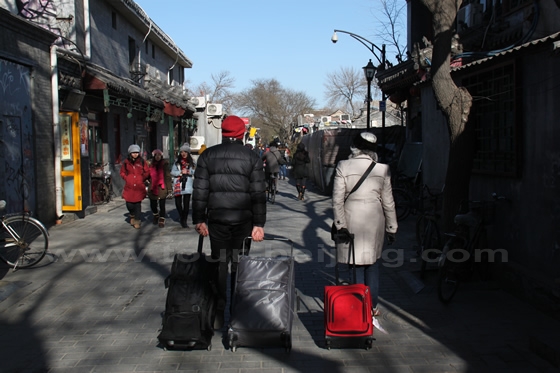Beijing Cityis known for its Hutongs which are alleyways that have been a part of the city for more than 800 years and have helped shape its culture and distinctive lifestyle. The government has ensured the preservation of many of these Hutongs because they still depict the life of the Chinese in the city as it was centuries back. The distinctive look and structure of the Hutongs have given them an iconic symbolism which is truly a part ofBeijing.
Hutongs and Their History
Anybody visiting Beijingwhile on a study abroad tour or for gap year jobs, would get to hear about ‘Hutong’. Hutong is a Mongolian word that means “well”. The name is derived from villagers digging wells and settling close by. Automatically the word came to be associated with settlement and today it refers to lanes and alleys formed by compounds built around a courtyard.
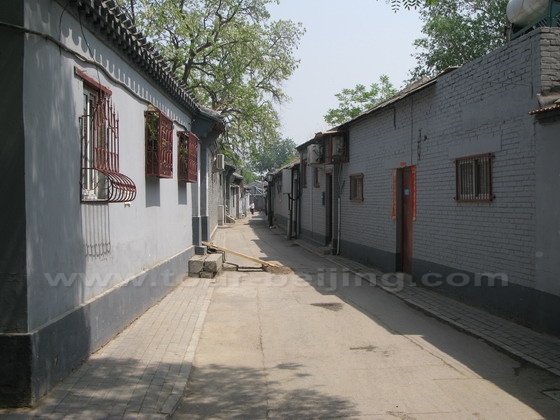
The word is said to have been originated during the reign of the Yuan Dynasty between the 12th and the 13th century. During this period, a road which was 36 meters wide was considered to be a standard street. One which was 18 meters wide was known to be a smaller street and a street up to the width of 9 meters was called a Hutong. These Hutongs mark the fringes of the courtyards, which are called Siheyaun.
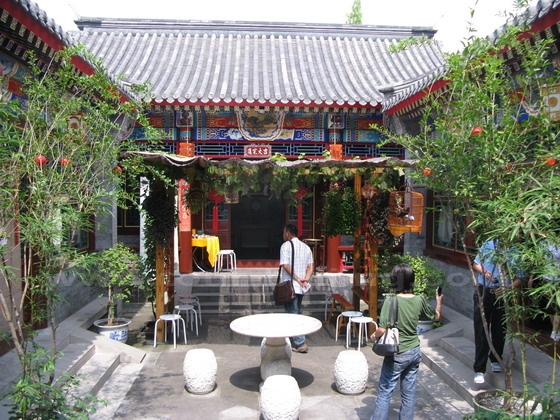
Beijing Cityhas been the cradle of Chinese civilization for a long time now. The city provides a perfect opportunity for those who want to find out aboutChina’s history. It has places which have not changed for centuries. The old town region is still untouched by the rapid development that has taken over the rest ofBeijing. The residents still live in a time-capsule, embracing the old lifestyle that has helped the city thrive through a millennium.
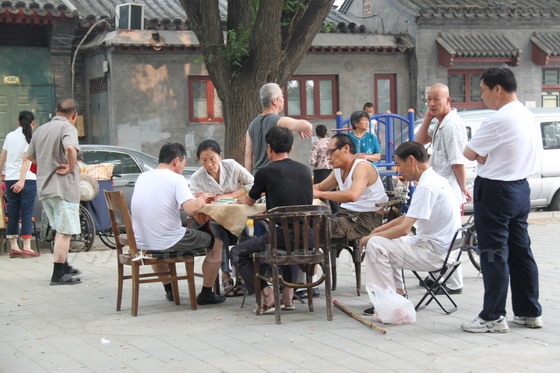
Those who have gone to Chinato learn Chinese or for other Chinese language programs know that in the past,BeijingCity had countless Hutongs and courtyards. These lanes are generally long and have the grey tiles to mark their traditional identity. They have served as pathway, children’s play area and places where people sat and chatted.
The Hutongs have played an important role in the general social interactions among Chinese citizens for centuries. They have contributed a lot in shaping the lifestyle ofBeijingpeople. This is the reason why they still exist exerting the same cultural influence as they did in their glorious past.
Numerous dramatists, playwrights and writers have created plays and dramas whose plots are based on lives that evolve and revolve around the Hutongs inBeijing. Many such critically acclaimed plays have been and are still played at the Beijing People’sArtTheater. Despite the fact that the city has begun to accept the metropolitan lifestyle and skyscrapers mark the horizon, not much has changed at the ground level. The original lifestyle still dominates, enduring the blows of time and the number of Hutongs today stands at a count of approximately 400000. Many of these have been marked for preservation.
The longest Hutong is called Dong Jiaomin Hutong which is 4 miles long and it lies close to the Front Gate. The shortest one is the Guantong Hutong and it is only 33 yards long. The narrowest Hutong is called Qian Shi Hutong which has a part barely 16 inches wide. Students learning Mandarin or doing other gap year programs inChina can opt for rickshaw rides along the Hutongs.
